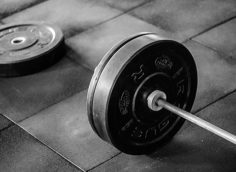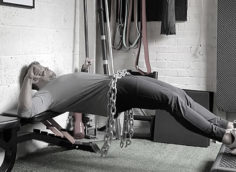Though traditional self-myofascial release techniques like foam rolling play a minor role in preparing you for a workout, these techniques are a highly effective way to recover AFTER lifting. From limiting delayed onset muscle soreness to aiding in lymphatic drainage, rolling may just be the quickest and easiest way to get the recovery process going.
In your post-training window (5-15 minutes after training), address the soft tissues that were the most active during that day's workout. For example, if you hit legs, then your post-workout rolling should focus on the muscles of the legs. It's not rocket science, but here's where it gets interesting.
If you foam roll before you train, pick a targeted problem area that you're working to remediate. However, it's the opposite for sparking recovery. The recovery window is the time to work entire tissues, spend time on multiple segments, and really "waste" some time down on the floor addressing every aspect of the region.
To get the most out of your practice, emphasize large superficial muscles as opposed to small acute muscles of the body. For example, rolling the glutes thoroughly from origin to insertion would be more appropriate than hitting trigger points on the piriformis. Take your time. Get the rest of your body that's not on the roller in a good comfortable position and start rolling away.




